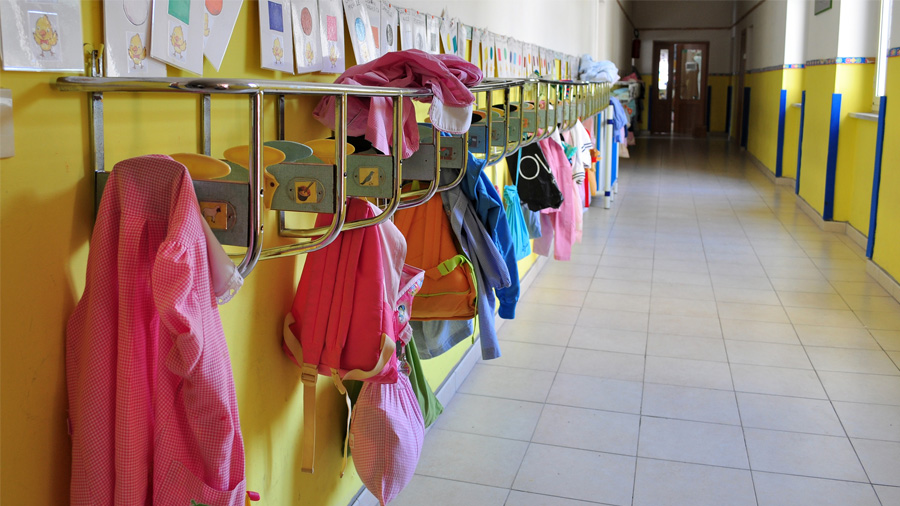
The CSTB was commissioned by the Ministry of the Environment to carry out a campaign to measure electromagnetic waves in French schools. This investigation was part of a national program to monitor and measure people’s exposure to electromagnetic waves in public places.
The objectives of this specific campaign were to:
- check if schools’ exposure levels met the regulatory limit values;
- draw up a descriptive statement of the radio frequency exposure levels in nursery and elementary schools in France;
- search for the factors that determine these levels based on the characteristics of the school buildings, their environments and radio frequency emitters located around schools.
Find out more: Context and objectives of the campaign
A sample of 298 schools, representative of schools in metropolitan France, was created thanks to the national “Schools” campaign (CNE) of the Indoor Air Quality Observatory (OQAI). The radio frequency measurements were taken from September 2014 to November 2017.
The main conclusions are as follow:
- the radio frequency levels in nursery and elementary schools in metropolitan France are low, below the regulatory limit values;
- the average outdoor levels are significantly higher (0.40 V/m) than the average indoor levels (0.23 V/m);
- the detailed analysis of the main contributors of the indoor levels shows a difference between schools in rural areas and those in urban areas: mobile telephony is the main contributor of the exposure detected in urban areas, whereas Wi-Fi and “high frequency” services are the main contributors of the radio frequencies detected in rural areas;
- in rural areas, half of all schools do not have radio frequency signals in the buildings; in urban areas, one out of three schools does not have radio frequency signals in the buildings;
- the high indoor radio frequency levels correlate to the presence and number of emitters within a radius of 500 meters around the school. The type of glazing of the building, single or double, also influences the indoor levels, which are lower in buildings with double glazing.
The results were published on the Inter-Ministerial Radio Frequency Health-Environment Portal.
Find out more:

 Health & Comfort
Health & Comfort